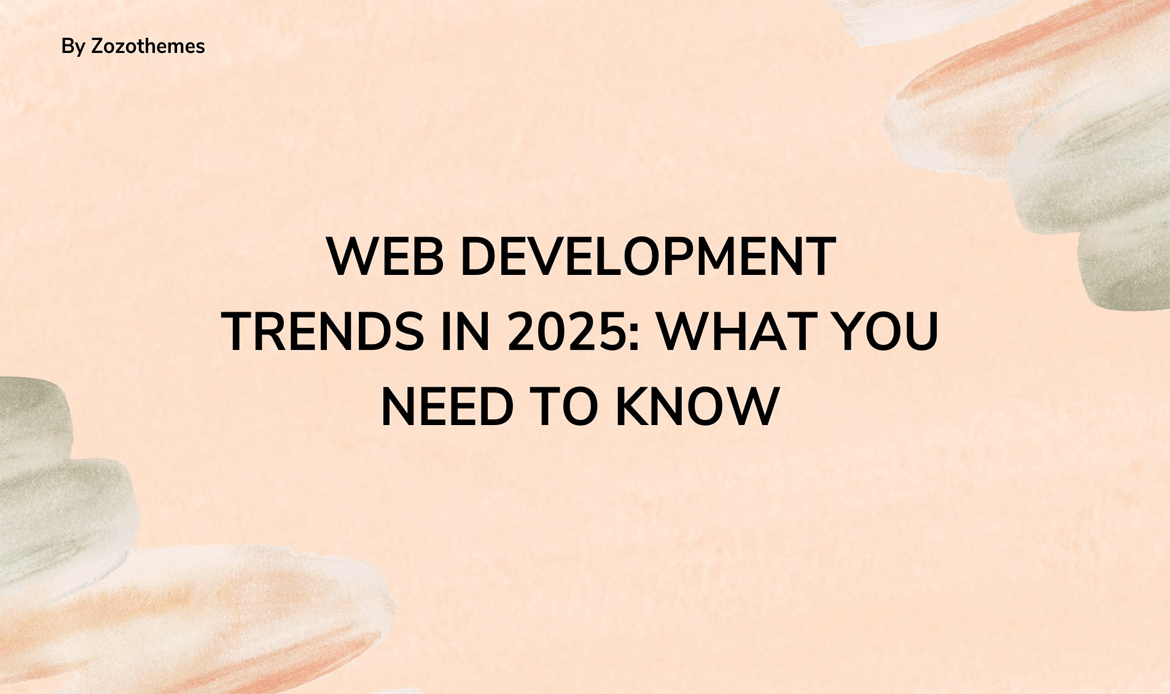The 2025 Web Trends are set to redefine the digital landscape, offering developers new opportunities and challenges. As we move further into the digital age, web development is evolving rapidly, influenced by emerging technologies and changing user behaviors. The demand for faster, more immersive, and personalized experiences is driving innovation in areas like artificial intelligence, augmented and virtual reality, and advanced web performance.
This article will dive deep into the most significant web development trends in 2025, providing you with a roadmap for staying competitive in a fast-changing industry. Whether you’re a developer, business owner, or digital strategist, understanding these trends will help you navigate the future of web development and ensure your digital presence remains cutting-edge.
1. AI-Powered Web Development:
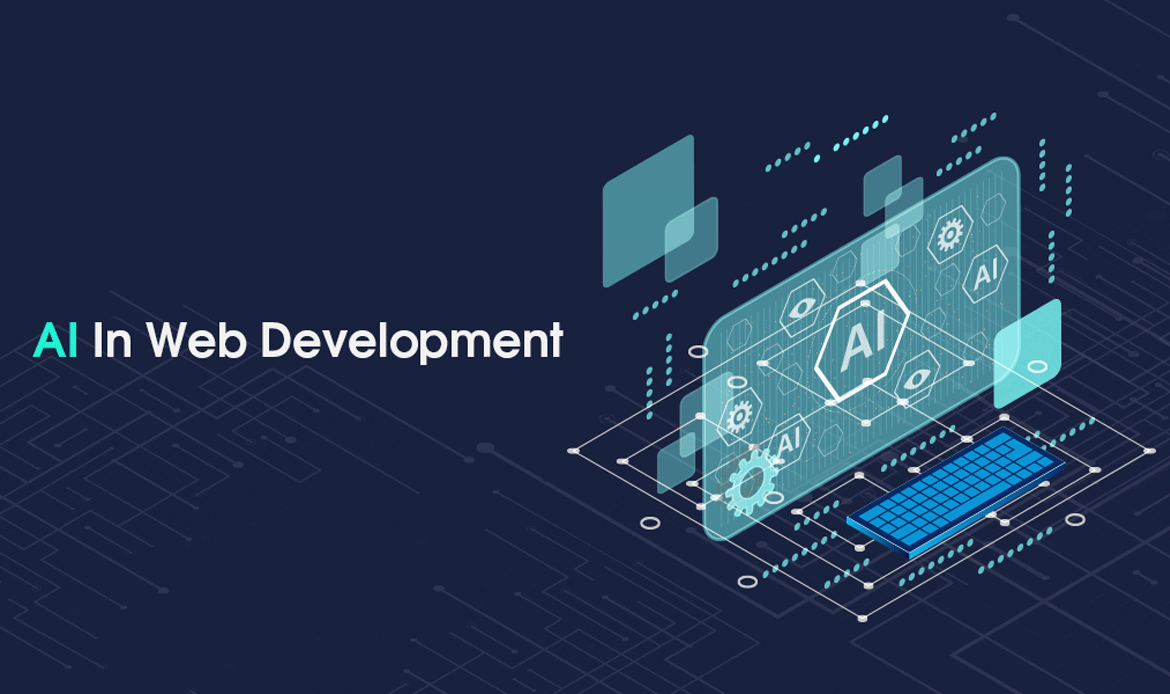
Artificial intelligence (AI) is revolutionizing web development with tools and platforms that automate coding, testing, and even content creation. Expect to see smarter chatbots, personalized user experiences, and AI-assisted design tools dominating the web development space.
Benefits of AI in Web Development
- Enhanced efficiency through automation
- Improved user personalization
- Faster troubleshooting and bug fixes
2. Progressive Web Apps (PWAs)
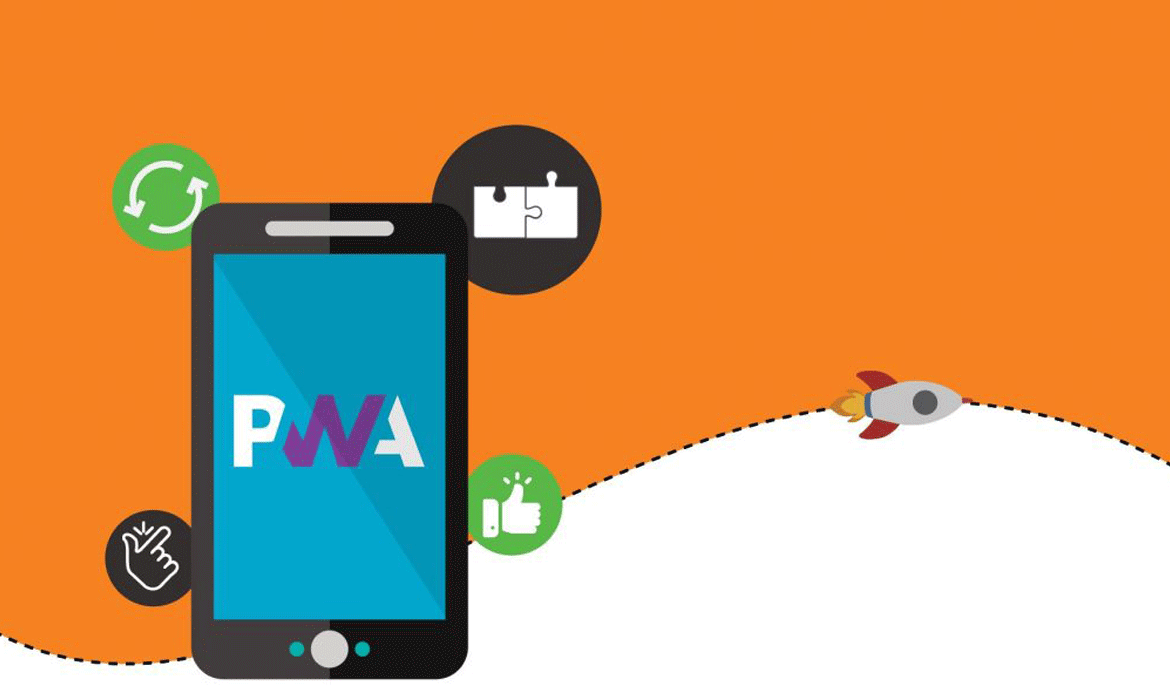
PWAs continue to gain traction as they combine the best of web and mobile apps. With their offline capabilities, fast loading speeds, and improved user engagement, PWAs are set to become a standard for delivering seamless experiences.
Key Features of PWAs
- Offline functionality
- Cross-platform compatibility
- Improved performance and speed
3. Web3 and Decentralized Applications
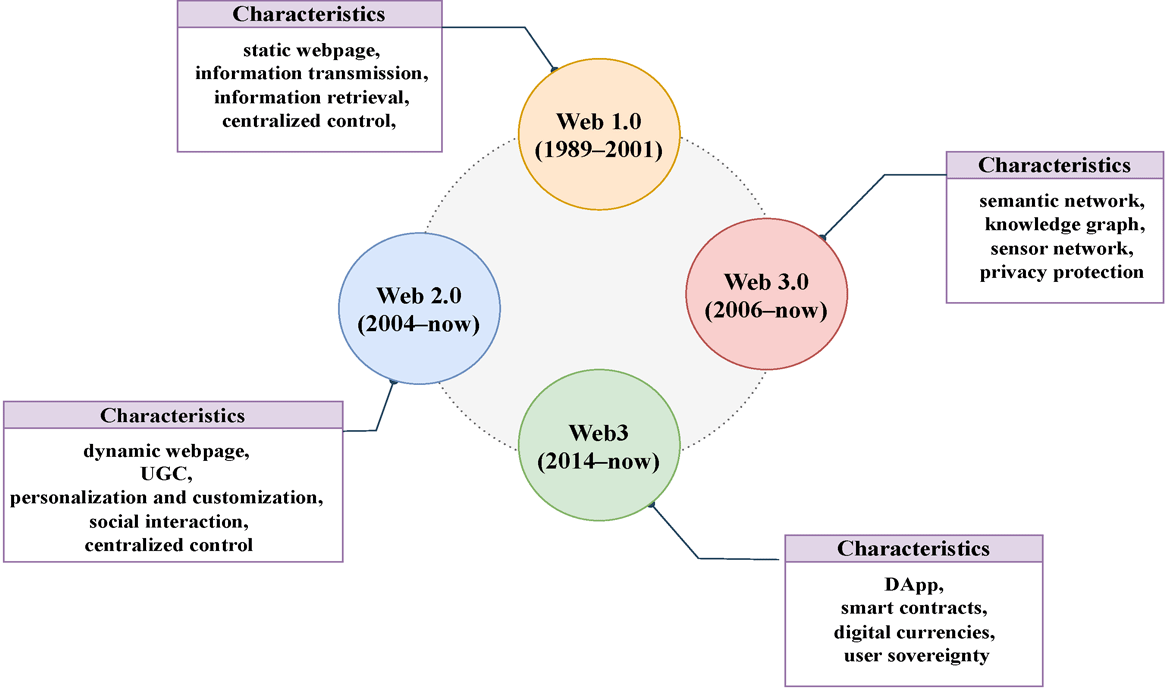
Blockchain technology and Web3 are paving the way for decentralized applications (dApps). These applications prioritize transparency, security, and user empowerment, marking a significant shift in how we interact with web platforms.As part of the 2025 Web Trends, Web3 is set to revolutionize development practices.
How Web3 Impacts Development
- Decentralized hosting and data storage
- Enhanced user privacy and control
- Integration with blockchain for smart contracts
4. Voice Search Optimization

With the proliferation of voice-activated devices, optimizing websites for voice search is more critical than ever. In 2025, developers will focus on creating voice-friendly interfaces and structured data to accommodate this growing trend.
Strategies for Voice Search Optimization
- Use of natural language processing (NLP)
- Focus on long-tail keywords
- Enhanced mobile responsiveness
5. Motion UI and Interactive Design

Motion UI is enhancing user engagement by incorporating dynamic elements like animations and transitions. As users demand more interactive and visually appealing websites, developers will embrace these techniques to create memorable digital experiences.
Advantages of Motion UI
- Increased user retention
- Improved storytelling through design
- Enhanced navigational ease
6. Cybersecurity as a Core Focus

As cyber threats grow more sophisticated, web developers are prioritizing robust security measures. From implementing HTTPS and advanced authentication protocols to adopting zero-trust architecture, securing user data is non-negotiable in 2025.
Top Cybersecurity Practices
- Regular vulnerability assessments
- Multi-factor authentication (MFA)
- Encryption of sensitive data
7. Sustainability in Web Development

Sustainable web development practices are gaining importance as businesses strive to reduce their digital carbon footprint. Developers are optimizing websites for energy efficiency, focusing on lightweight designs and eco-friendly hosting solutions.
Sustainable Development Tips
- Minimize resource-intensive scripts
- Use green hosting providers
- Optimize images and media files
8. 5G and Enhanced Connectivity

The rollout of 5G technology is a major highlight of the 2025 Web Trends, set to transform web performance. It enables faster loading times, richer multimedia content, and smoother user interactions. This connectivity boost will encourage developers to embrace new possibilities in web design and functionality.
Opportunities with 5G
- Real-time streaming capabilities
- Advanced IoT integrations
- Seamless AR/VR experiences
9. No-Code and Low-Code Development
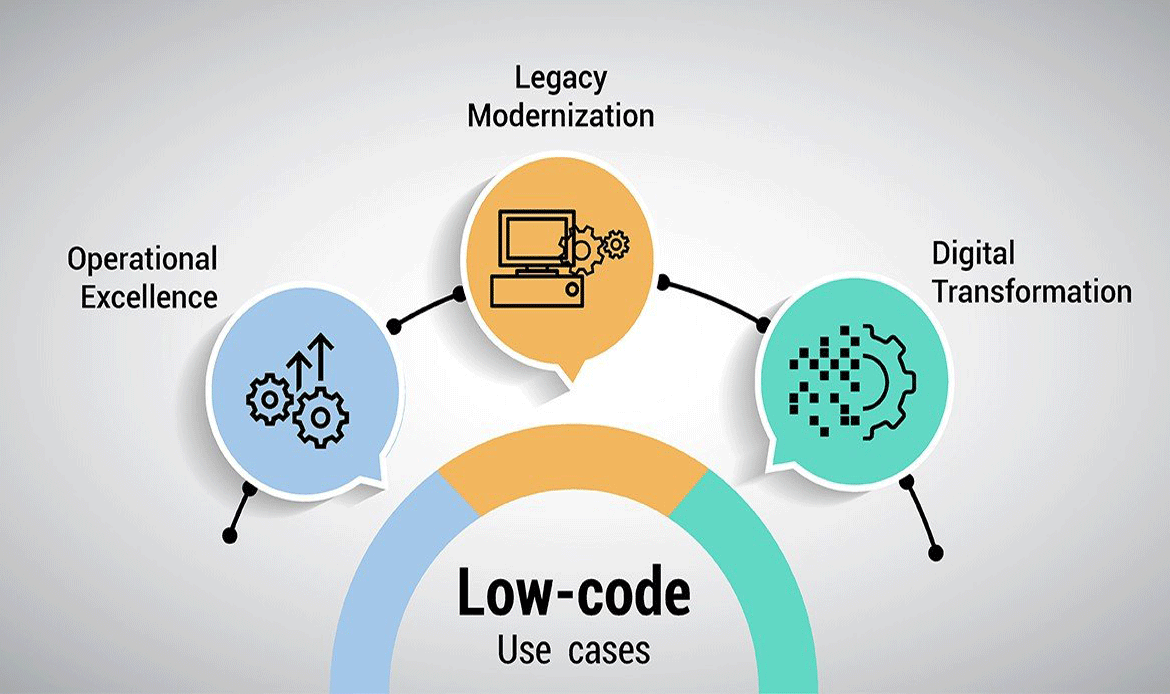
Augmented reality (AR) and virtual reality (VR) are expanding the boundaries of web interaction. In 2025, expect to see more websites incorporating immersive elements to enhance user engagement and provide unique experiences.
Applications of AR/VR in Web Development
- Virtual product try-ons
- Interactive 3D environments
- Enhanced e-learning platforms
11. Edge Computing for Enhanced Speed
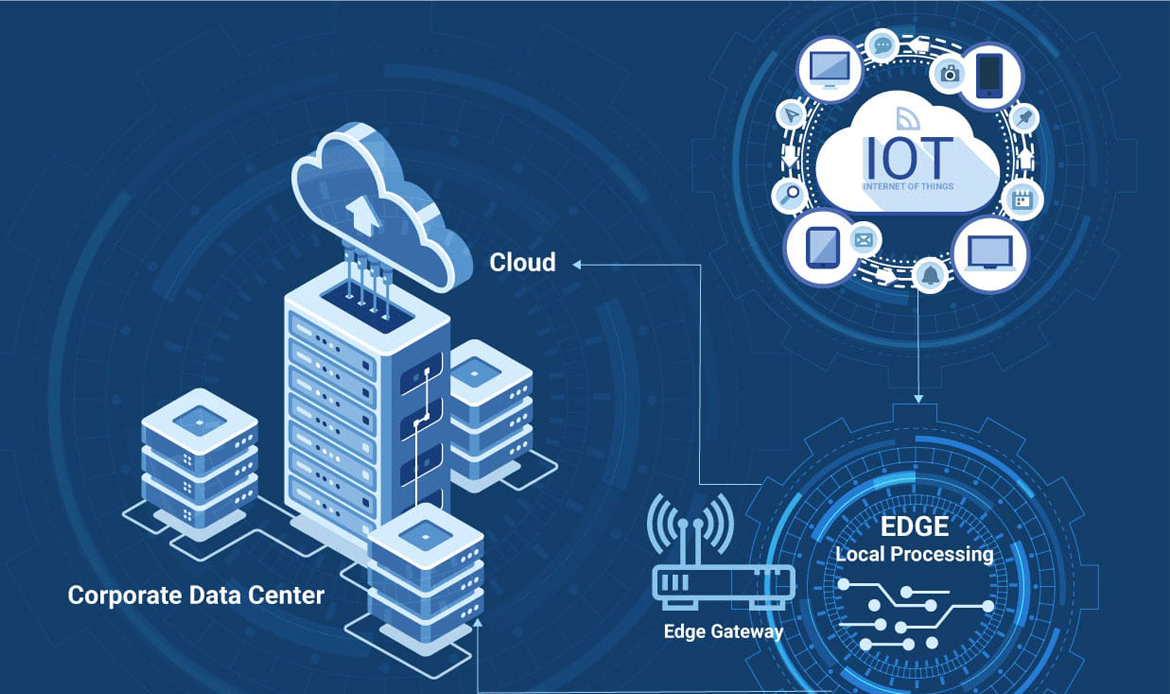
Edge computing is becoming more prominent as developers strive to reduce latency and enhance performance. By processing data closer to the user’s location, websites can offer faster load times and better responsiveness.
Benefits of Edge Computing
- Reduced server load
- Improved data security
- Enhanced scalability for high-traffic websites
12. API-First Development
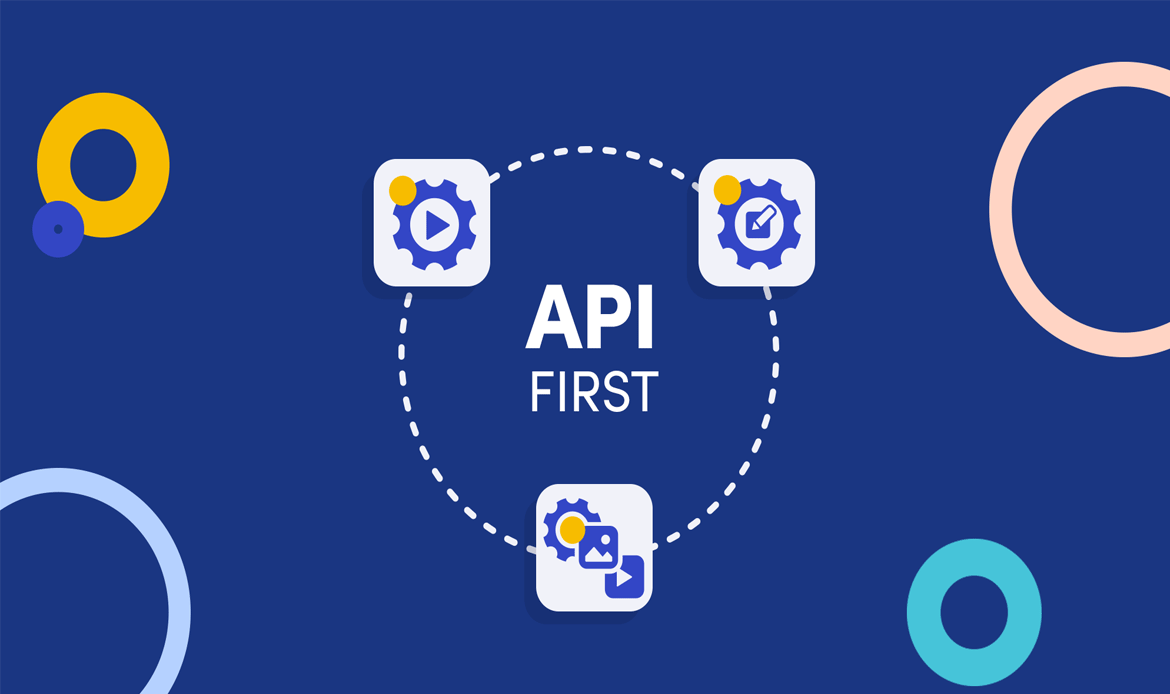
API-first development emphasizes creating robust and scalable APIs before focusing on the frontend. This approach ensures flexibility, enabling seamless integration with various devices and platforms.
Why API-First Matters
- Better collaboration between teams
- Faster development cycles
- Easier integration with third-party tools
13. Hyper-Personalization with Big Data
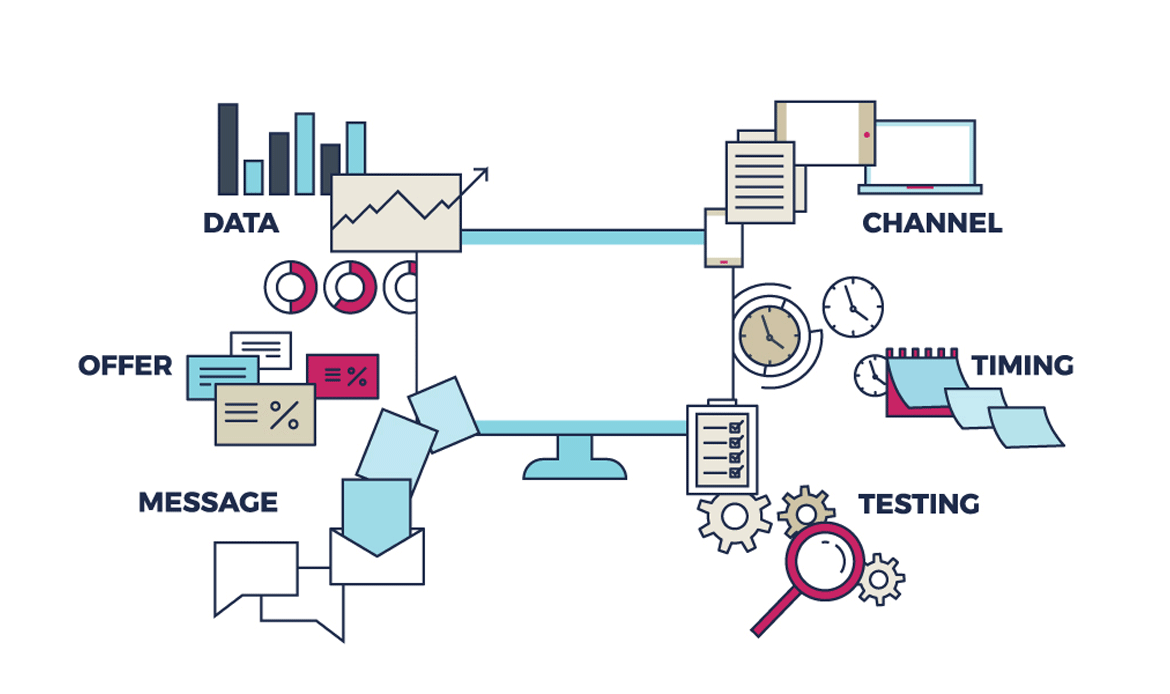
Leveraging big data to deliver hyper-personalized experiences is a pivotal aspect of the 2025 Web Trends. By analyzing user behavior and preferences, developers can craft tailored content and recommendations that deeply resonate with individual users, enhancing engagement and satisfaction.
Tools for Hyper-Personalization
- Advanced analytics platforms
- Machine learning algorithms
- CRM and marketing automation tools
14. Micro-Frontends for Modular Development
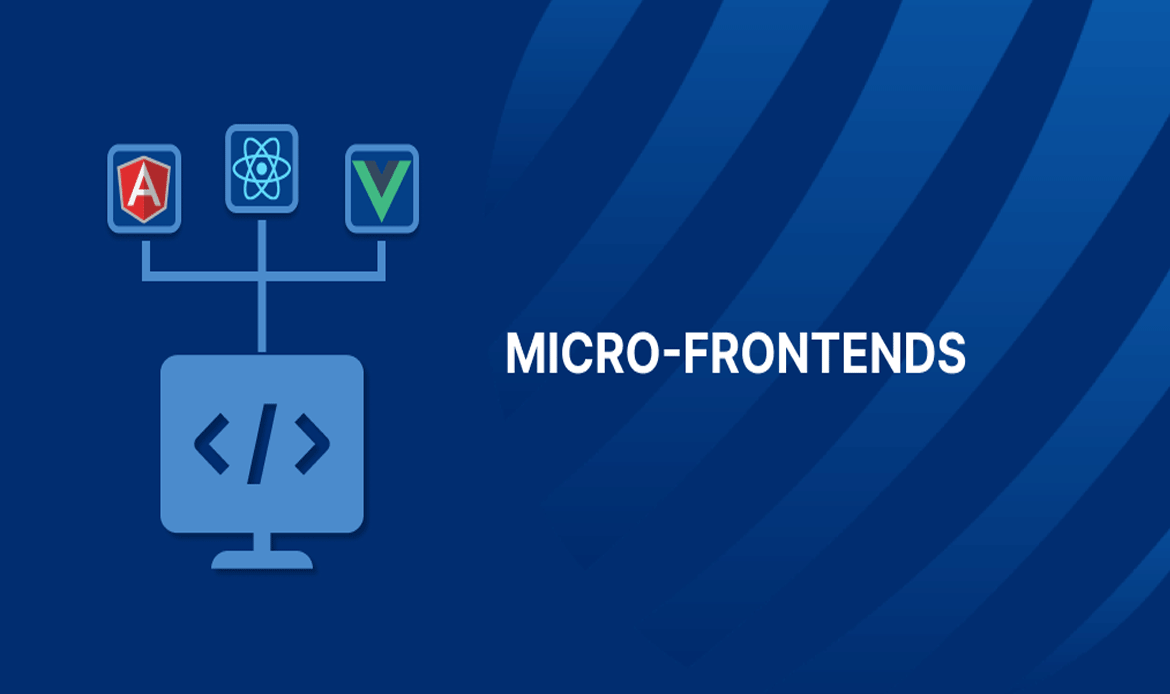
Micro-frontends take the concept of microservices to the frontend, allowing teams to work independently on small, self-contained parts of a web application. This modular approach enhances scalability and accelerates development.
Advantages of Micro-Frontends
- Parallel development by multiple teams
- Easier debugging and maintenance
- Reusable components across projects
15. Green UX/UI Design

Sustainable design is not limited to the backend. Green UX/UI focuses on creating user interfaces that are efficient and reduce unnecessary energy consumption, making websites eco-friendly while maintaining aesthetic appeal.
Principles of Green UX/UI
- Simplified navigation paths
- Minimalistic design reducing resource use
- Avoiding auto-play media and heavy scripts
16. Headless CMS Adoption
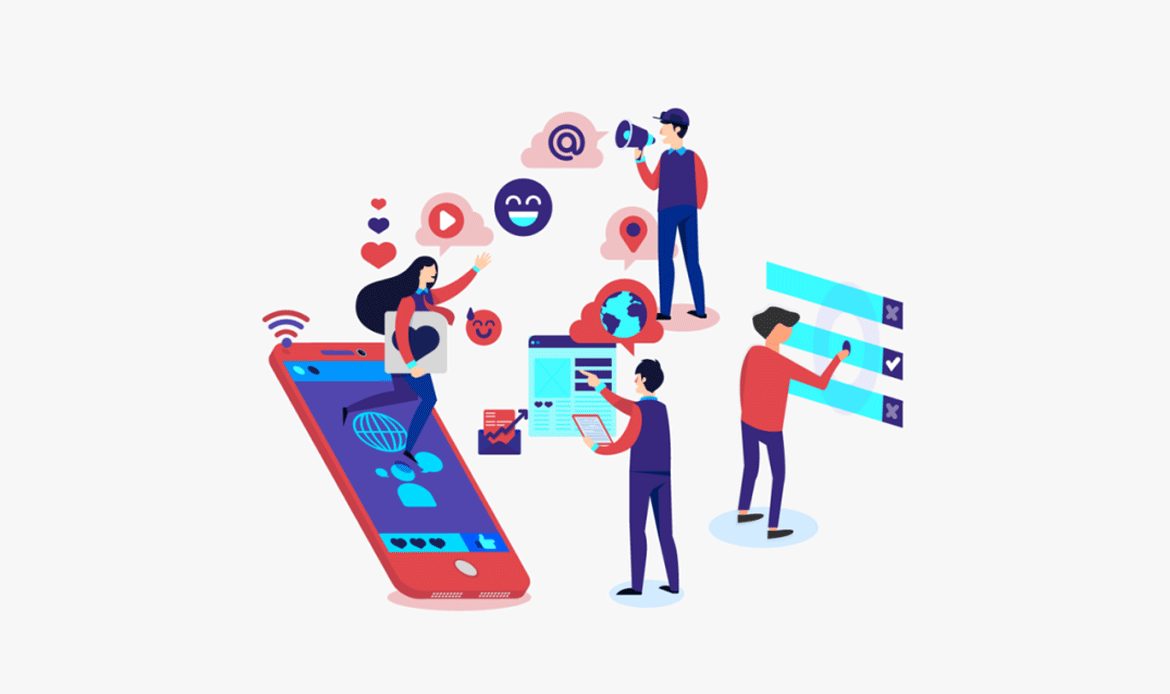
Headless content management systems (CMS) decouple the backend content repository from the frontend presentation layer. This separation allows for greater flexibility in delivering content across various platforms, including websites, apps, and IoT devices.
Benefits of Headless CMS
- Faster content delivery
- Flexibility in frontend technologies
- Enhanced omnichannel experiences
17. Blockchain in E-Commerce
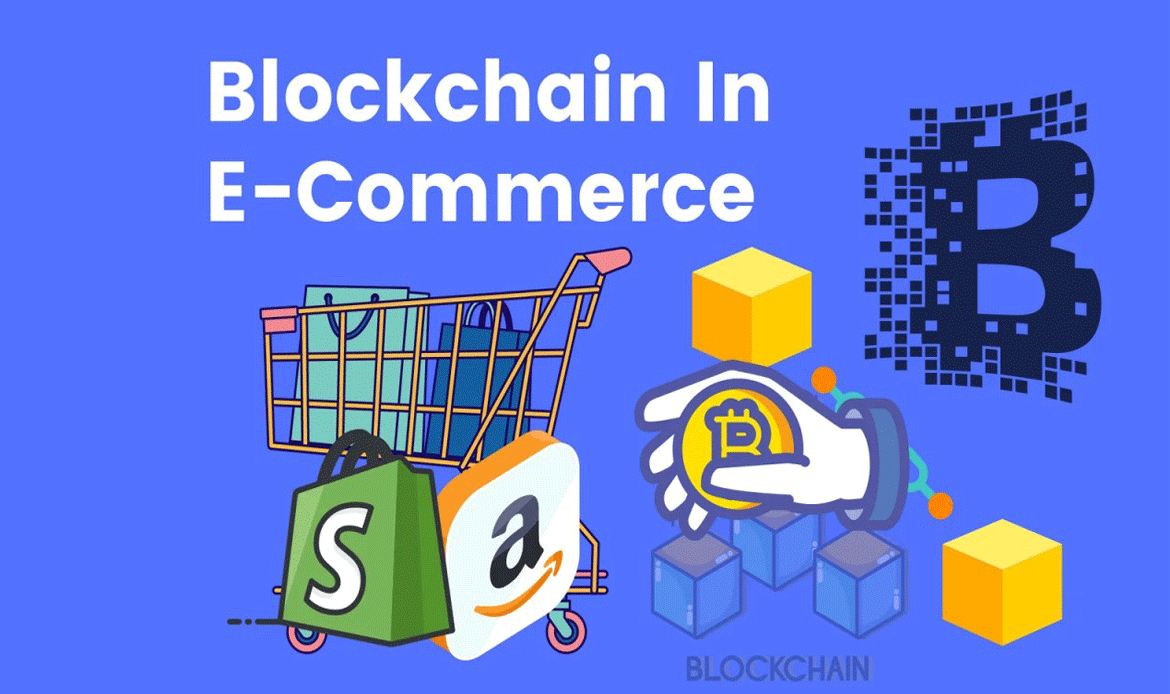
Blockchain technology is redefining online transactions with secure, decentralized systems. From supply chain transparency to cryptocurrency payments, blockchain is becoming a critical component of e-commerce web development.
Blockchain Applications in E-Commerce
- Smart contracts for automated transactions
- Secure payment processing with cryptocurrencies
- Transparent supply chain tracking
18. Ethical Web Design

Ethical web design emphasizes accessibility, inclusivity, and privacy. As users grow more conscious of their digital footprint, businesses are prioritizing ethical practices to build trust and loyalty.
Key Aspects of Ethical Design
- Adherence to accessibility standards (e.g., WCAG)
- Transparent data usage policies
- Designing for inclusivity across demographics
19. Serverless Architecture
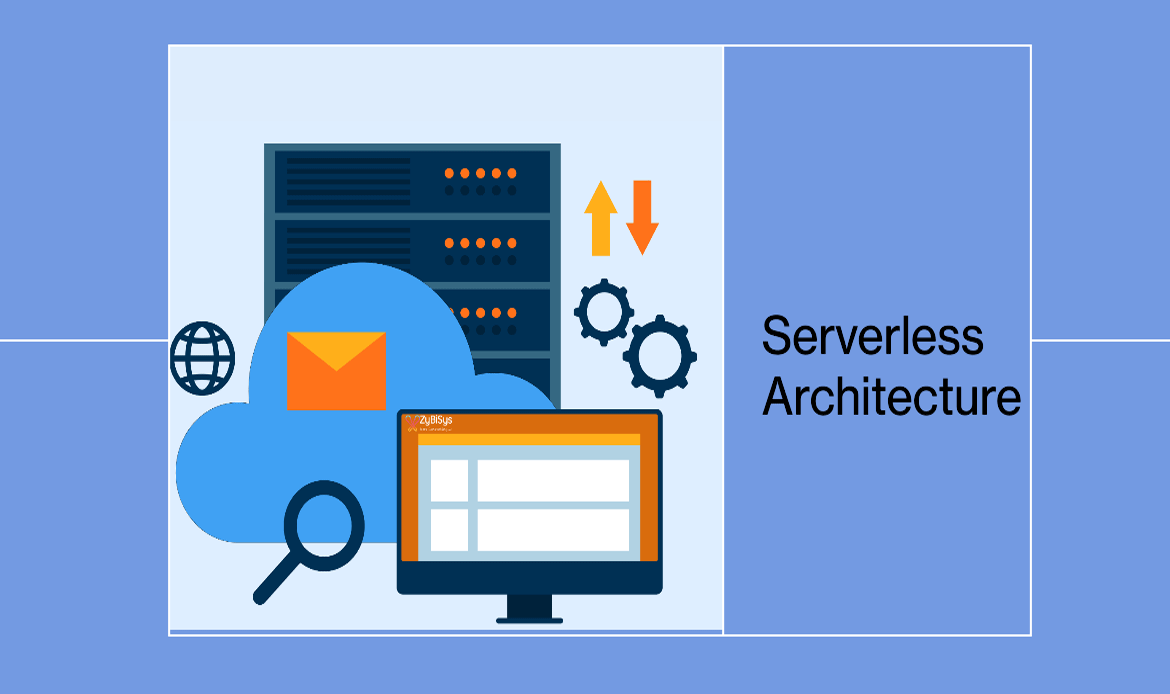
Serverless computing allows developers to build and deploy applications without managing the underlying server infrastructure. This architecture simplifies development, reduces costs, and improves scalability.
Features of Serverless Computing
- Pay-as-you-go pricing model
- Simplified backend management
- Automatic scaling during high traffic
20. Advanced Animation Techniques
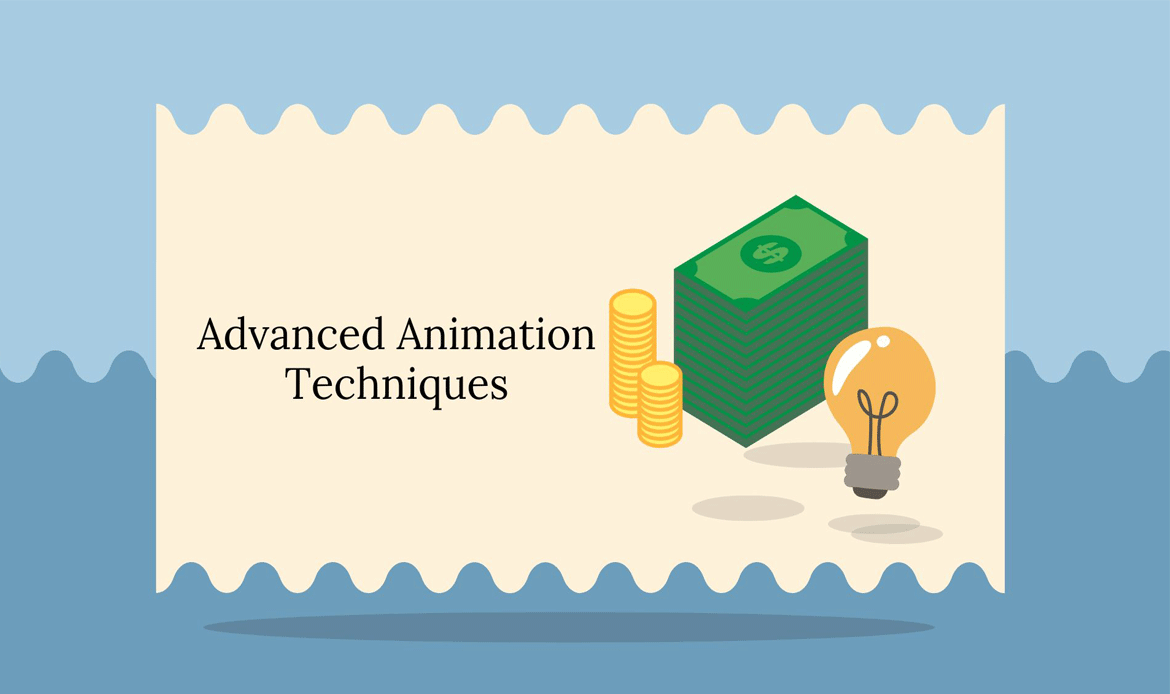
Web animations are becoming more complex, offering sophisticated storytelling opportunities and engaging user experiences. Developers are using tools like Lottie, GSAP, and CSS3 to create stunning visual effects.
Examples of Advanced Animations
- Scroll-triggered animations
- Parallax effects
- Interactive infographics
Conclusion
As we look to the future, 2025 Web Trends will play a pivotal role in shaping how websites are designed, developed, and experienced by users. From AI-driven personalization to the rise of immersive technologies like AR/VR, the digital world is becoming more interactive, intuitive, and efficient. Developers who embrace these changes will be equipped to create websites that not only meet but exceed user expectations.
The key to success in 2025 and beyond lies in adaptability and a forward-thinking approach, ensuring that your web development practices are aligned with these exciting technological advancements. By staying ahead of these trends, you can deliver innovative, user-centered solutions that stand out in an increasingly crowded digital space.

